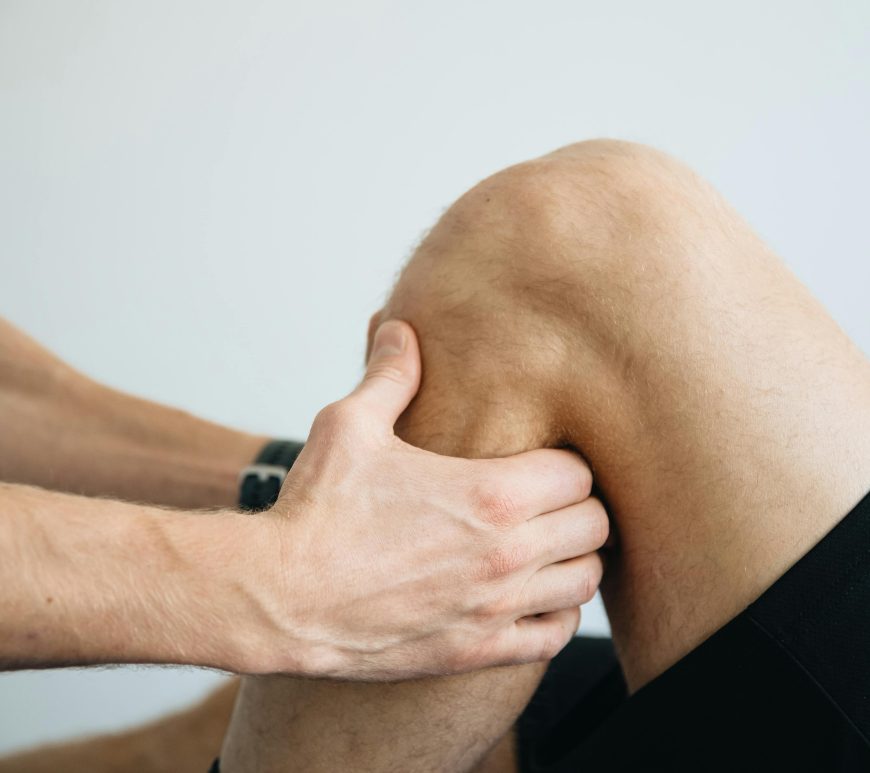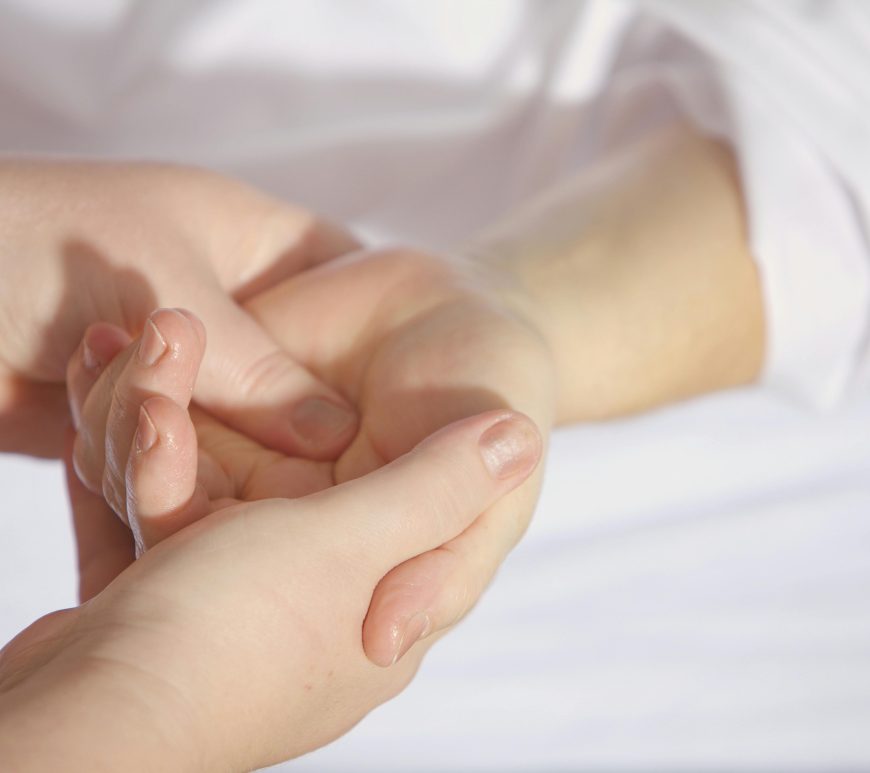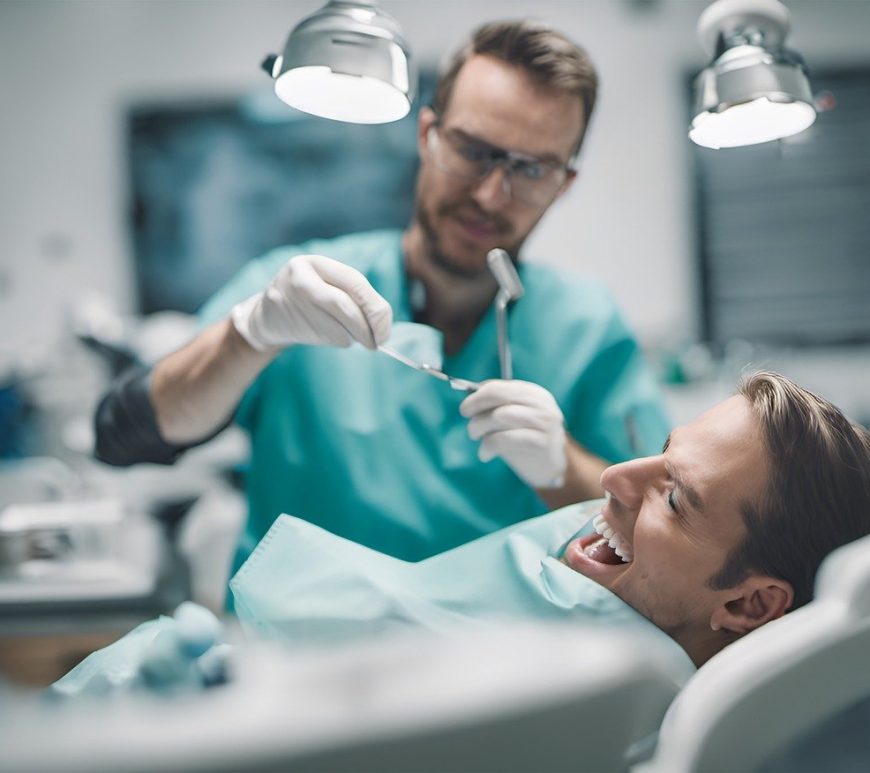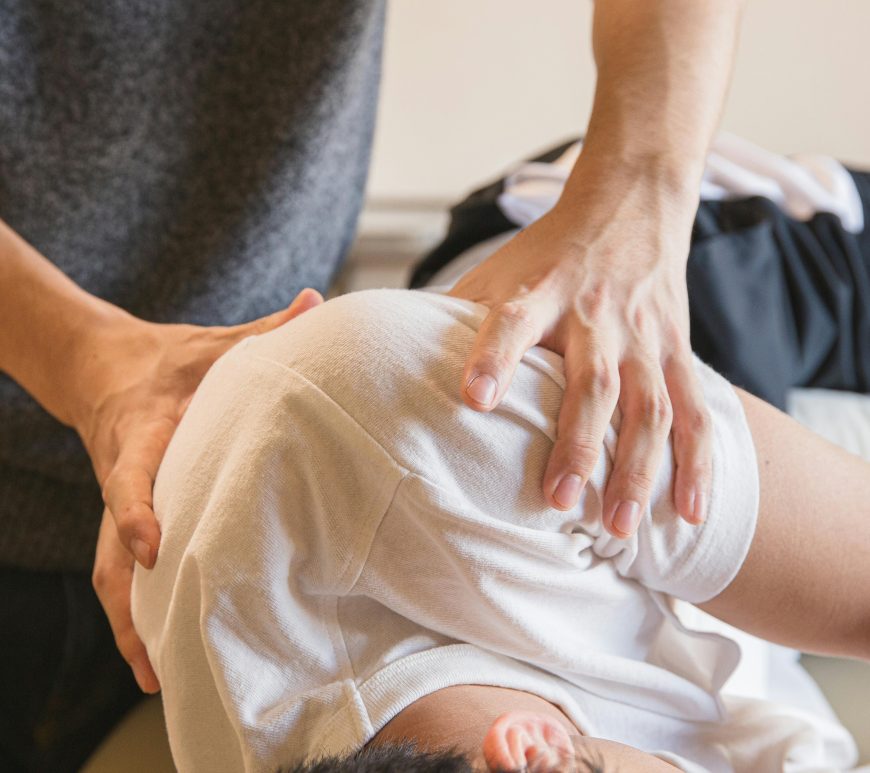
Is self-massage an effective therapy for knee OA symptoms?
Recent research has highlighted the potential benefits of massage therapy in managing symptoms of knee osteoarthritis (OA). This condition, which often involves pain and stiffness, has also been linked to the quadriceps muscles’ role in its development. While there is strong evidence supporting the impact of massage therapy and muscle health on knee OA, the specific application of self-massage on the quadriceps muscle has not … Continue reading Is self-massage an effective therapy for knee OA symptoms?



